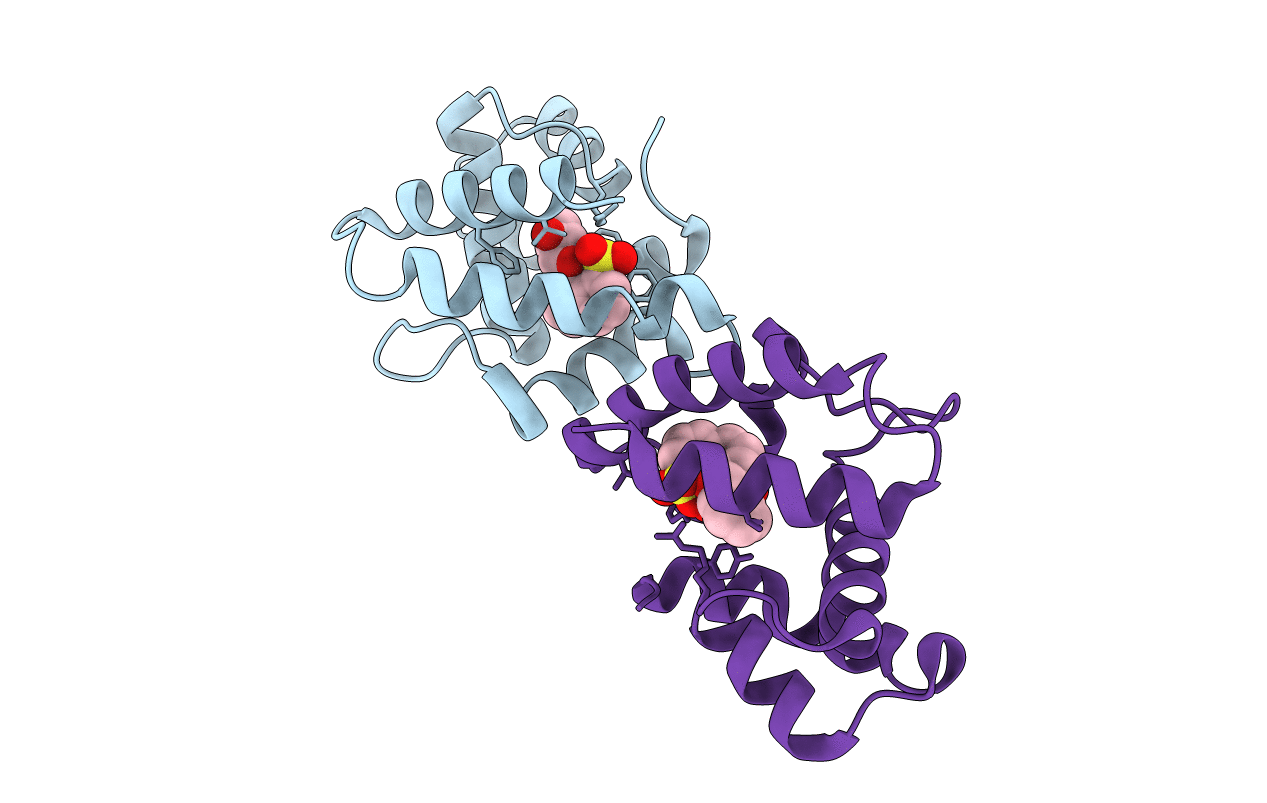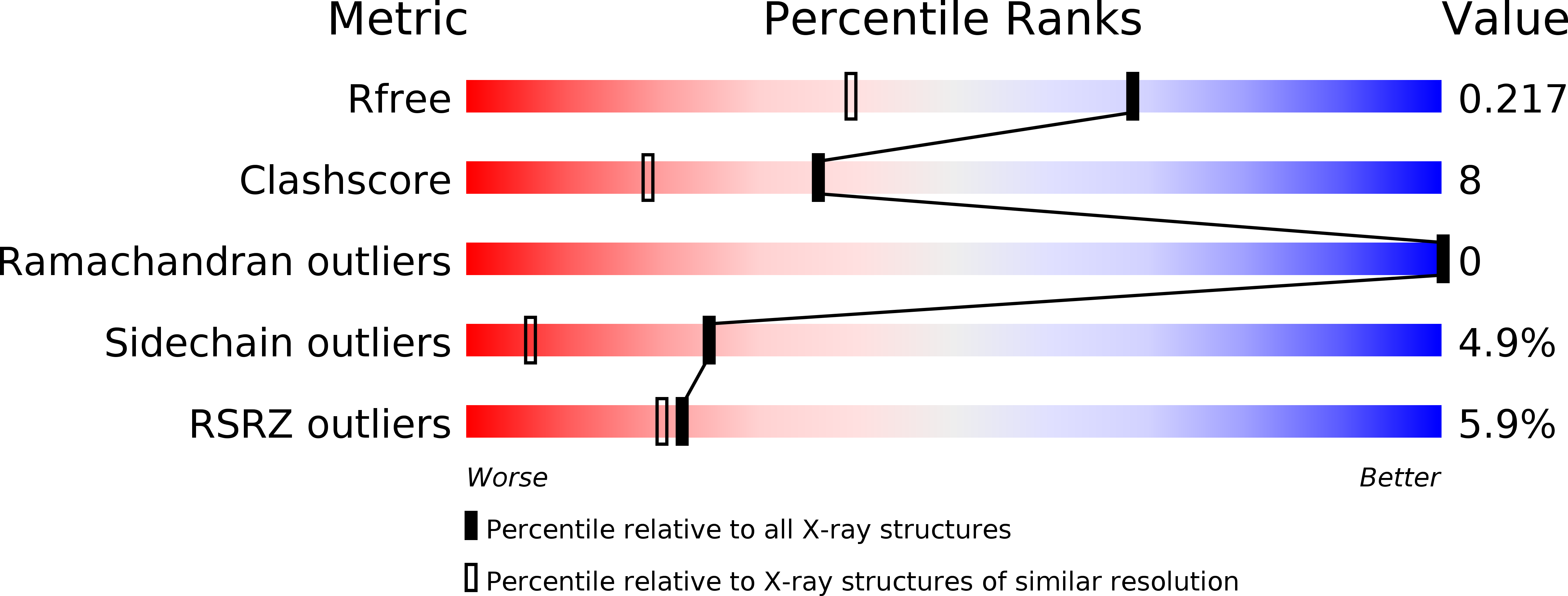
Deposition Date
2003-03-28
Release Date
2003-08-05
Last Version Date
2024-11-20
Entry Detail
PDB ID:
1OW4
Keywords:
Title:
Crystal structure of a pheromone binding protein from the cockroach Leucophaea maderae in complex with the fluorescent reporter ANS (1-anilinonaphtalene-8-sulfonic acid),
Biological Source:
Source Organism:
Leucophaea maderae (Taxon ID: 6988)
Host Organism:
Method Details:
Experimental Method:
Resolution:
1.60 Å
R-Value Free:
0.20
R-Value Work:
0.17
R-Value Observed:
0.17
Space Group:
P 1


